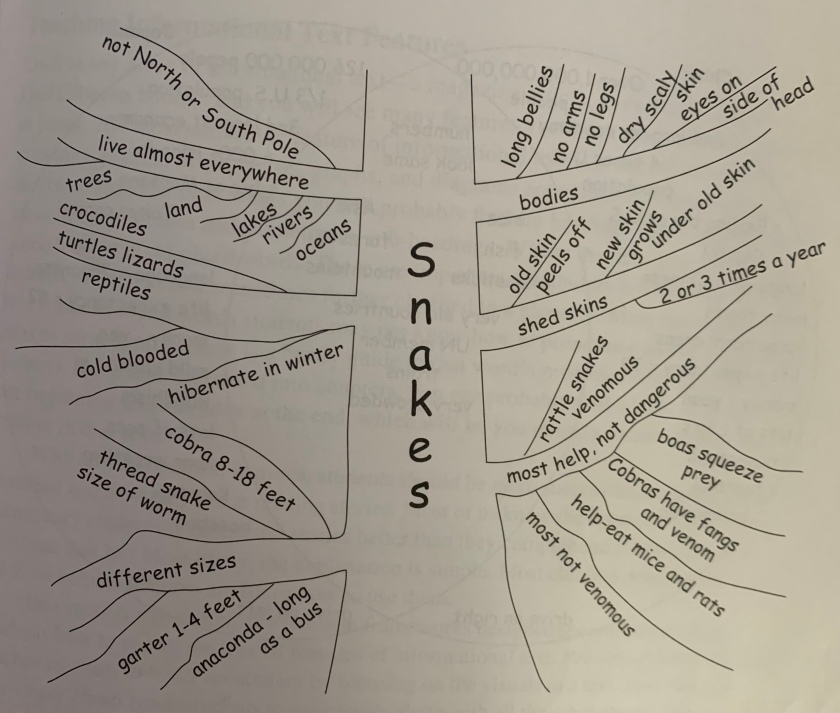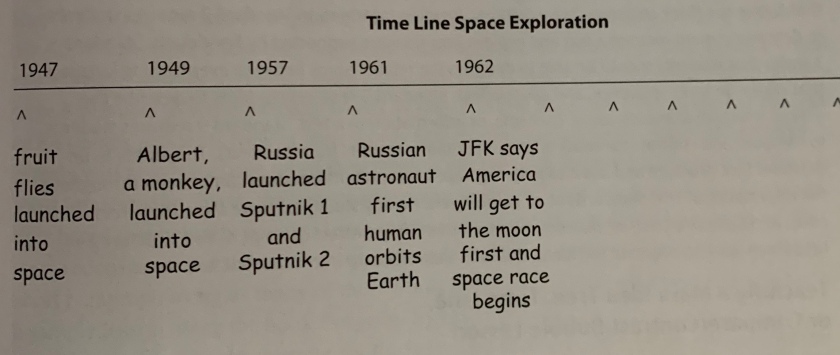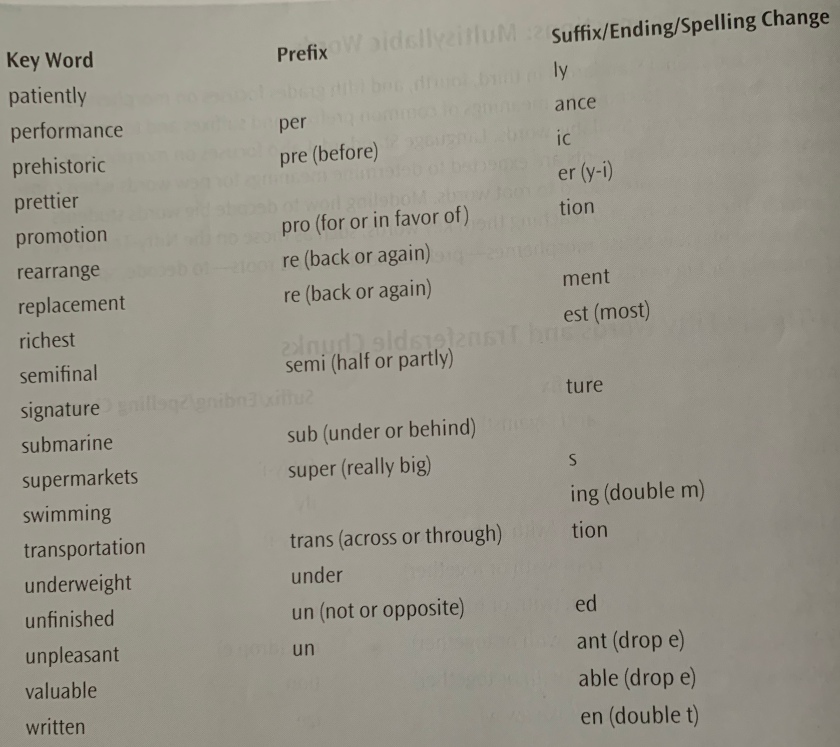Chapter 11: Assessment
How to Determine a Student’s Reading Level
Students read passages at different reading level. These materials can be found at many different places but the one that I have used and liked was readingatoz.com. Their materials are all leveled out with assessment materials as well as books for students to read and activities to go with them.
To assess the student, the teacher should have the student read a passage aloud, beginning with one that the student can handle reading. Mark the reading in some way so that the errors can be counted and assessed. When the student is done reading, they should be asked comprehension questions for assessment too.
You have found the students instructional level when they receive 95% on oral reading and 75% on comprehension. Prior knowledge and interest do play a big part in a students comprehension so keep that in mind when coming up with assessments.
What are Good Literacy Behaviors and How Can We Document Student Progress
There are three types of assessment typically used in the classroom.
- Diagnostic assessment – determining a student’s reading level
- Summative assessment – assessments that are taken at the conclusion of something, such as a lesson or a unit
- Formative assessment – used to see where students are at that moment and the teacher can see if they need to reteach something or move on to the next topic
Teachers should be assessing almost daily to monitor how well the students are doing.
Assessing Word Identification
The goal of word instruction is to teach students words and strategies they can use when they are reading and writing. Listen to how fluently a student reads, how automatically they identify the words on the word wall, and how they use patterns, context, and other cues to figure out unknown words. Make a record of the students word-identification accuracy so that you can analyze errors, hesitations, and self-corrections to determine what word strategies the student is actually using.
Assessing Comprehension Strategies
*Comprehension strategies were talked about in the Chapter 7 blog.
Comprehension is dependent on the students’ prior knowledge and interest. It is hard to comprehend something if you don’t know what it is. Use a checklist of general comprehension strategies to periodically check on the students’ use of these comprehension strategies.
Assessing Writing
*Writing was also talked about in the Chapter 9 blog.
The best way to determine how well students write is to observe them each day as they are writing, to look at first-draft writing samples, and to interact with them during writing conferences.
Assessing Attitudes and Interests
It is important to determine what the students like to read and how they feel about reading early in the school year. To do this, ask students to bring in their favorite books they read over the summer. Some students will bring in a lot of books and some students might bring in 1 or 2 books. Ask students questions about the books and ask why they liked it. Make notes of the books and the reasons. Some of students may bring books but then show no interest or know what they liked about the book, make note of this too.
Classroom Application
Of course, I will use assessment in my classroom often to know where the students are at and where I should be going next as the teacher. I never thought about assessing the students attitudes and interests with reading so this will definitely be something that I will do in the classroom that I think is very important.
Chapter 12: Differentiation and Interventions for Struggling Readers
Differentiation and Intervention
Assessment is essential to differentiation. Only when you know what your individual students can do and cannot yet do, can you make good decision about how to spend your instructional time and what kind of lessons and grouping will move all students forward.
RTI is generally implemented as 3 tiers of instruction. Tier 1 instruction occurs in the regular classroom. If assessments demonstrate that the students are not making adequate progress in spite of focused and differentiated classroom instruction, these students are to be given Tier 2 instruction. Tier 2 instruction is additional to the Tier 1 instruction. Tier 2 instruction is often delivered in small groups and is targeted to specific instructional needs. Students who are still not making adequate progress may be assessed for a special need and will receive Tier 3 instruction. Tier 3 instruction is delivered by a teacher specifically trained to teacher students with special needs.
Classroom Application
Assessment will be used to drive instruction. RTI will be used and students will be assessed to see what type of intervention will best fit them.











